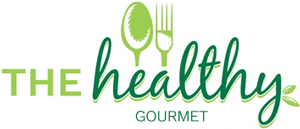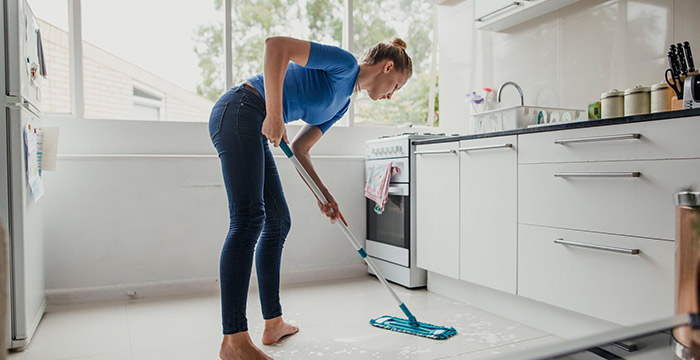Anyone involved in commercial cleaning, or even responsible for their own household chores, need to know how to keep a kitchen floor clean. In most cases, your health and safety depend on it.
However, in a commercial environment, a sparkling clean floor becomes even more critical. Knowing how to achieve that desired result, and having an effective process to follow day in, day out, can make all the difference. Read on to learn what it takes.
Sweeping/Brushing
During food preparation and food service, a lot of food can drop on the floor. It can then become trampled under foot and flattened into your flooring. Sweeping takes no time at all, but it can certainly make a significant difference to the cleanliness of your floors when it’s not done often.
Make a point of cleaning up after every major food preparation exercise, and during regular checks of the eating area once customers have left. Then, when it comes time to haul out the cleaning liquids, much of the hard work is already complete.
Cleaning Fluids
In the fast-paced food industry, time is of the essence. You want to complete tasks quickly and effectively. Therefore, most of us will be guilty of using our eyes as our measuring tools for cleaning fluids, rather than the directions on the bottle and a measuring cup.
Believe it or not, how much cleaning fluid you mix with water can make all the difference to floor cleaning. Not enough, and you won’t cut through the grease and grime. Too much, and you’re likely to leave behind a residue that may end up being a health and safety risk. Always read the directions on the bottle and ensure that whatever you use for the job, like degreaser, is commercial cleaning-friendly.
Mopping
You might think it’s unusual to need an explanation on how to mop a floor, but not everyone is doing it right. You will need to thoroughly wet the mop and apply a moderate amount of water to the area you need to clean. Use circular back and forward motions to clean all that surface dirt. Don’t forget to put a ‘wet floor’ sign out to keep your customers safe.
Sponging
With your commercial kitchen and service area now mopped, you might think your job is done. But it’s not. A mop can take care of minor surface dirt, and the cleaning fluids work to soften the other dirt, but there is still more to do. Invest in a long-handled sponge and scrub the floors to get into the areas that a mop may not have been able to.
If you have a drainage system in your floor, you can follow the sponging process with a quick rinse of hot water to remove residue and any leftover dirt. Otherwise, get the floor as dry as possible with your sponge and mark off the area for people to avoid until it dries on its own.
The most important thing to remember in commercial cleaning is that you need to stay on top of grease, dirt, and grime. Otherwise, the cleaning process becomes much harder when you do decide to do it properly. Create a floor cleaning plan that’s easy for everyone to follow and stay on top of maintenance. Your floors and your muscles will thank you for it.

